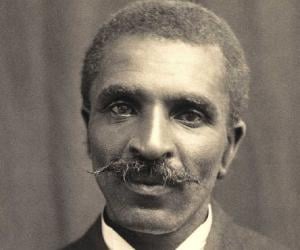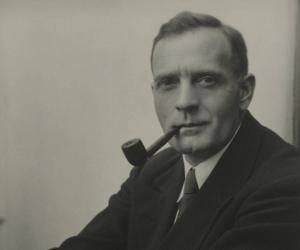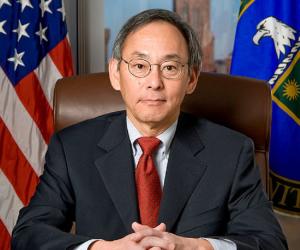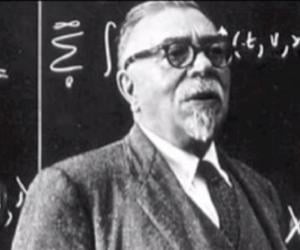While the Hubble Telescope, named after Edwin Powell Hubble, reminds one of his contribution to astronomy, he failed to get a Nobel Prize, as back in his time, the Nobel Committee didn’t recognize astrophysics as a valid science. He is best remembered for his work on galaxies and extragalactic astronomy.
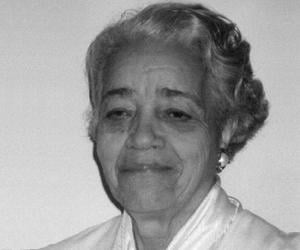
American mathematician Dorothy Vaughan was also known as a "human computer." Initially a math teacher, she became the first African-American supervisor of NACA, later part of NASA, at a time when racial segregation was rampant in the U.S. Her contribution to the early American space programs is invaluable.
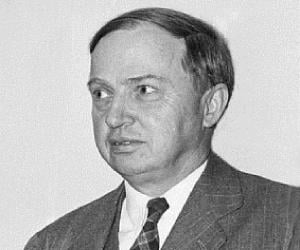
American scientist Harlow Shapley is best-remembered for ascertaining correct position of Sun within Milky Way Galaxy and for heading the Harvard College Observatory. He determined the size and shape of the Milky Way Galaxy and the Sun’s position within it using the Cepheid variable stars and wrote the Liquid Water Belt that provided scientific acceptance to Hubertus Strughold’s ecosphere theory.
American physicist, politician and Nobel laureate Steven Chu, who served as United States Secretary of Energy, presently serves as Professor of Physics and Professor of Molecular and Cellular Physiology at Stanford University. His research on cooling and trapping of atoms with laser light led him to share the 1997 Nobel Prize in Physics with William Daniel Phillips and Claude Cohen-Tannoudji.
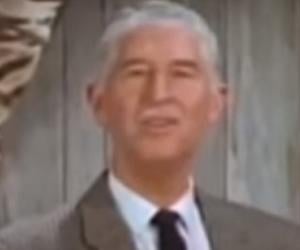
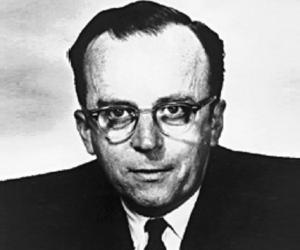
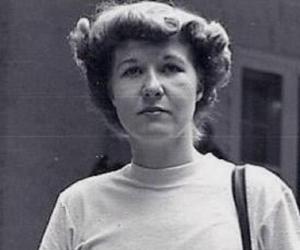
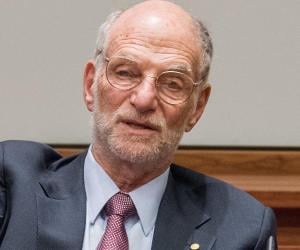
Michael Rosbash is an American chronobiologist and geneticist, currently serving as a researcher and professor at Brandeis University. In 2017, he received the Nobel Prize in Physiology or Medicine along with Jeffrey C. Hall and Michael W. Young for their discoveries of the controlling mechanisms of the circadian cycle. Rosbash has also received many other awards like the Massry Prize.
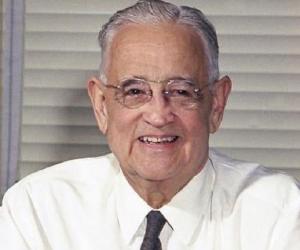
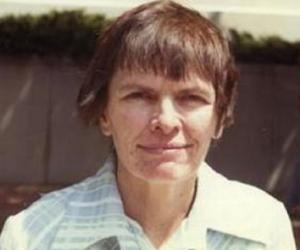
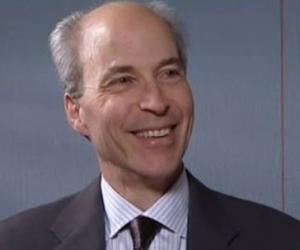
American chemist Roger D. Kornberg studied at Harvard and Stanford and later taught at both these institutes. His research focuses on transcription, or the process of the conversion of DNA into RNA. Both he and his father have won the Nobel Prize, becoming the sixth father-son duo to achieve the feat.
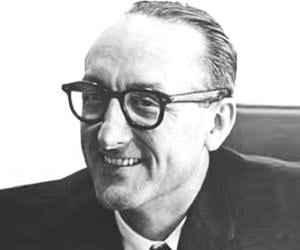
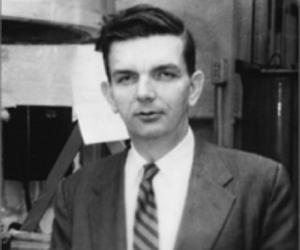
American astronomer and Princeton University physicist Robert H. Dicke is best known for making significant contributions in the fields of atomic physics, astrophysics, gravity and cosmology. He designed and introduced the Dicke radiometer, the most common form of microwave radiometer; developed the Brans–Dicke theory of gravitation with Carl H. Brans; and is generally believed to have invented the lock-in amplifier.
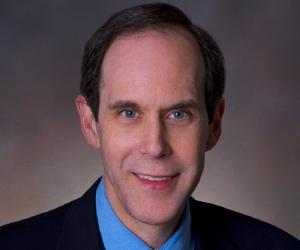
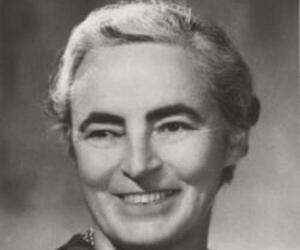
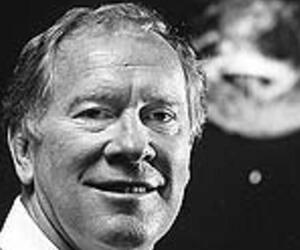
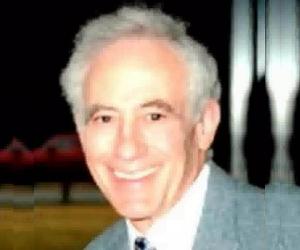

US geologist Curtis F. Marbut had been the director of the US Department of Agriculture’s Soil Survey Division. He is remembered for his contribution to the development of an international soil classification system. He also taught at the University of Missouri and translated an iconic Russian work on soil and their development.


